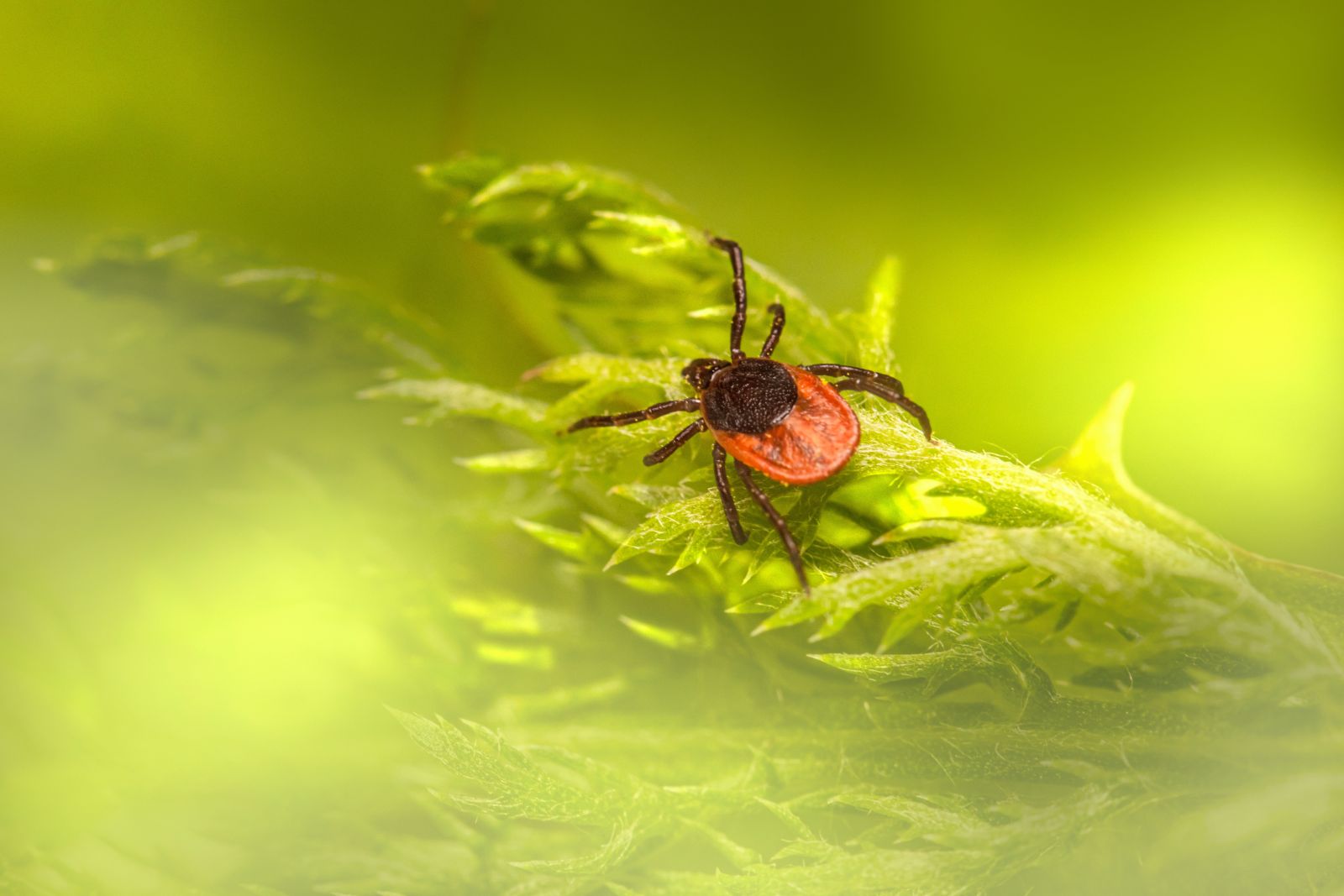Proven Tick Control Techniques
Welcome to our comprehensive guide on tick control techniques! We are dedicated to providing you with the most effective strategies to prevent tick infestations and safeguard your environment. Ticks are small arachnids that can transmit diseases such as Lyme disease, babesiosis, and anaplasmosis. By implementing the following proven tick control techniques, you can minimize the risk of tick bites and protect your loved ones, including pets, from these harmful parasites.

Understanding Ticks
Before we delve into the various tick control techniques, it is important to understand the nature of ticks. Ticks are external parasites that feed on the blood of mammals, birds, and reptiles. They are commonly found in wooded areas, tall grasses, and shrubs. Ticks latch onto their hosts by using their specialized mouthparts, which enable them to anchor themselves firmly. Once attached, ticks can feed for several days, increasing the risk of disease transmission.
Tick Control Techniques
1. Keep Your Yard Tick-Free
Maintaining a tick-free yard is crucial in preventing tick infestations. Here are some effective strategies:
Clear Vegetation and Debris
Ticks thrive in dense vegetation and leaf litter. Regularly mow your lawn, trim shrubs, and remove any fallen leaves or debris to eliminate tick habitats. This reduces the likelihood of ticks residing near your home.
Create a Tick Barrier
Consider creating a barrier around your yard to prevent ticks from entering. Use gravel, wood chips, or a similar material between your yard and wooded areas to discourage ticks from crossing into your space.
2. Modify the Tick Habitat
Ticks prefer moist environments, so modifying their habitat can deter them. Follow these steps:
Reduce Humidity
Ticks thrive in humid conditions, so it's important to reduce humidity levels in your home. Use dehumidifiers in damp areas and ensure proper ventilation to create a less favorable environment for ticks.
Fence Off Wood Piles
If you have wood piles or stacks, keep them away from your home and fence them off. Ticks often reside in woodpiles, and creating distance between them and your living space reduces the risk of ticks infiltrating your property.
3. Protect Yourself Outdoors
When venturing outdoors, taking preventive measures can significantly reduce your exposure to ticks. Here's what you can do:
Wear Protective Clothing
Cover your body as much as possible to minimize skin exposure. Wear long sleeves, long pants, closed-toe shoes, and tuck your pants into your socks or boots. Light-colored clothing can help you spot ticks more easily.
Apply Tick Repellents
Use EPA-approved insect repellents containing ingredients like DEET or picaridin on exposed skin and clothing. These repellents effectively deter ticks and other biting insects, providing an added layer of protection.
4. Perform Regular Tick Checks
After spending time outdoors, it's crucial to perform thorough tick checks on yourself, your family members, and pets. Follow these guidelines:
Check Your Body
Examine your entire body, paying close attention to areas where ticks commonly attach, such as the scalp, behind the ears, underarms, groin, and between toes. Use a mirror or ask someone to help you with hard-to-see areas.
Inspect Clothing and Gear
Ticks can hitch a ride on clothing or gear. Inspect your clothes, backpacks, and outdoor equipment, and promptly remove any ticks you find.
5. Tick Removal Techniques
If you discover a tick attached to your skin, it's important to remove it properly to reduce the risk of infection. Follow these steps:
- Use fine-tipped tweezers to grasp the tick as close to the skin's surface as possible.
- Pull upward with steady, even pressure. Avoid twisting or jerking, as this can cause the tick's mouthparts to break off and remain embedded in the skin.
- Once removed, clean the bite area with antiseptic or soap and water.
- Dispose of the tick by submerging it in rubbing alcohol, placing it in a sealed bag/container, or flushing it down the toilet.
By implementing these proven tick control techniques, you can significantly reduce the risk of tick bites and protect yourself, your family, and your pets from tick-borne diseases. Remember to keep your yard tidy, modify tick habitats, take precautions when outdoors, perform regular tick checks, and use proper tick removal techniques. Stay vigilant and enjoy a tick-free environment, allowing you to fully embrace outdoor activities with peace of mind.








